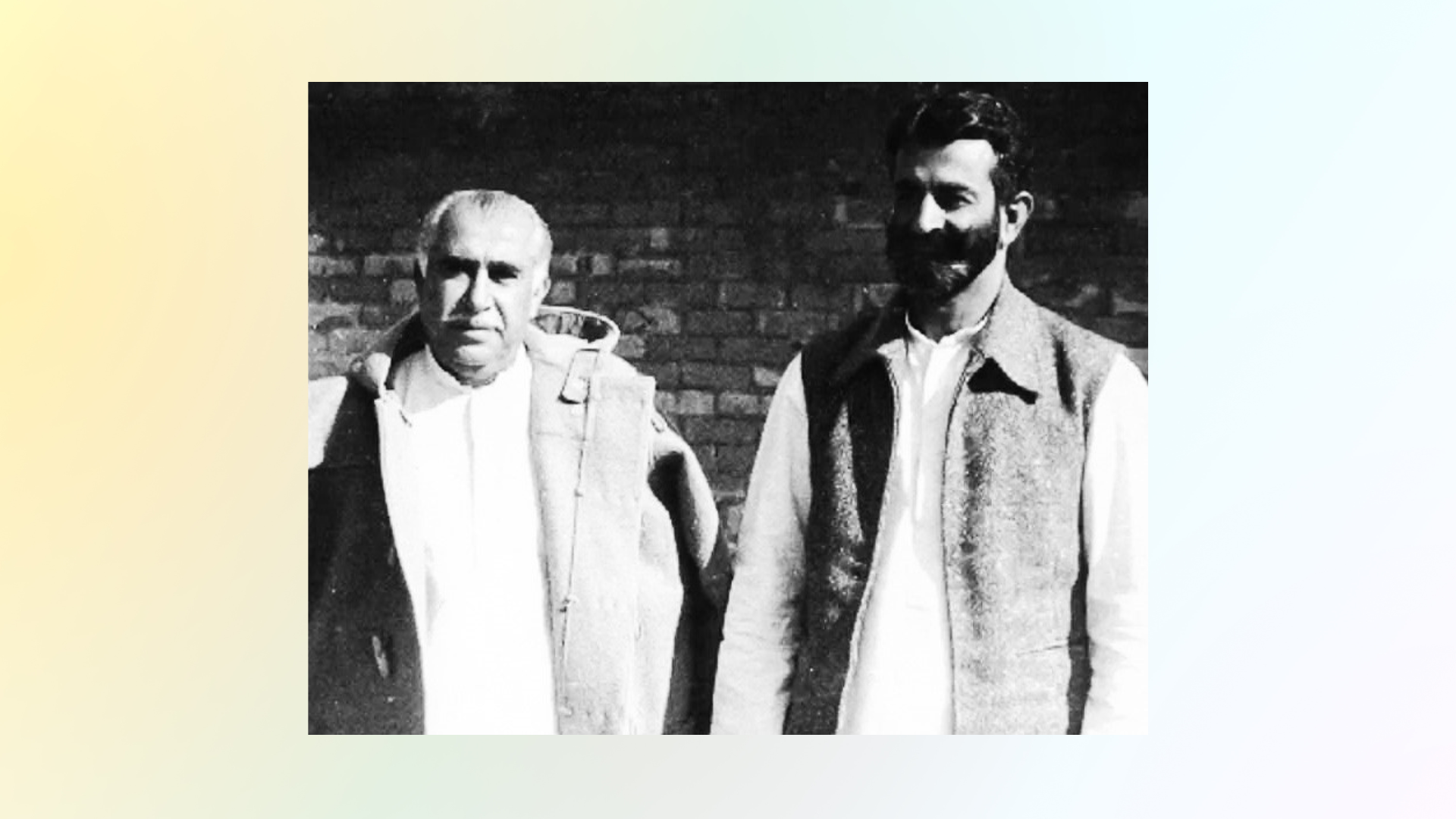When the fifth phase of insurgency began in Balochistan two decades ago, it was thought that the movement would die its natural death. But that did not happen.The movement, predominantly led by the middle class, gained momentum when a senior nationalist leader and former Chief Minster and Governor of Balochistan, Nawab Akbar Khan Bugti, was killed in his ancestral village Dera Bugti in 2006. General public was prevented from attending his last rites. The then local administration buried his coffin under official supervision and control.
His killing was a national tragedy, given his stature in Pakistan’s national politics. In response to his killing, which was seen by common people as ‘martyrdom’, politicians and intellectuals across the country expressed concerns that General Musharraf’s policies would potentially lead to further disturbances in Balochistan. As mentioned, the separatist movement gained momentum after Nawab Bugti was killed. The leadership began to lure Baloch youth to the movement as it spread to Makran and other parts of Balochistan.
The movement further intensified in 2011 after the tragedy of Kech, Balochistan, when mutilated bodies of three political leaders were dumped in Pidrak area of Turbat. This incident also marked the beginning of the infamous “Kill and dump” policy in Balochistan and public sympathy for the new middle class leadership began to grow. Across Balochistan, young and old alike were affected by this sentiment. The movement became less popular among the people when armed groups targeted leaders of political parties. The leaders of Ghous Bakhsh Bizenjo’s school of thought were mostly targeted, including Moula Baksh Dashti, who was the central leader of the National Party (NP). Dashti was considered a political messiah.
Leaders of other schools of thought were targeted at the regional level. Thereafter, political parties began to split and formed a new group — that later formed the government in Balochistan. Seeking amnesty, these leaders renounced their hitherto aggressive stance, remained silent and became local and regional facilitators for the state and its de-facto stakeholders, thus emerging as the new state ‘beneficiaries’. They entered into a transactional relationship from the powers that once targeted them. And to stay relevant in the politics of Balochistan, their interests became analogous with the protraction of the conflict.
But the stakeholders in this conflict had other plans for them. More animosity was created among the Baloch leaders and the people at large and a policy of violence was adopted to escalate the conflict.
Such policy involving kinetic approach has created more hatred among people — because they feel they are targeted only because of their ‘Baloch’ identity. In all these circumstances, the youth, who are the most conscious and ambitious section of Balochistan, feel completely ignored — and in turn feel pushed to abandon peaceful dissenting methods.
In order to find a solution, it is important to give precedence to the views of the youth as they currently play a leading role on every front in Balochistan. Their representation and opinions should be acknowledged and given importance. Mir Ghous Bakhsh Bizenjo once said, “If we do not listen to today’s youth, the voice in Balochistan will not be heard in the future.”
The violent incidents of Noshki and Panjgur in 2022 become important in this context. The most important aspect of the events of Noshki and Panjgur were that all of them were literate youth.
The issue of Balochistan is purely a political issue. For a political solution, the opinion of the nationalist leadership should be given prominence. The state should reconsider its policies towards Balochistan and the situation might bear results in a decade’s time.
The other important thing is that the democratic political leadership should be given the opportunity to exercise de-facto influence over people and in turn the people should be given the full right to elect their representatives according to their wishes. People who are parachuted into the province or elected overnight have no political or social base and lack connection with grassroots.
It is necessary to provide a free environment to the nationalist political leadership of Balochistan. The problem cannot be solved without engaging in an honest dialogue with the nationalist political parties of Balochistan. During the tenure of former Chief Minister Balochistan Dr Abdul Malik Baloch, a series of talks were initiated with separatists but later there was no significant progress. The dialogue was a positive initiative and according to Malik Baloch, during that time, his government had meetings with important exiled leaders.
The solution to the ongoing problems in Balochistan can only be found through a political process. Finally, the state has to make a distinction between those who represent the will of the Baloch people and those who are only concerned about their survival.

